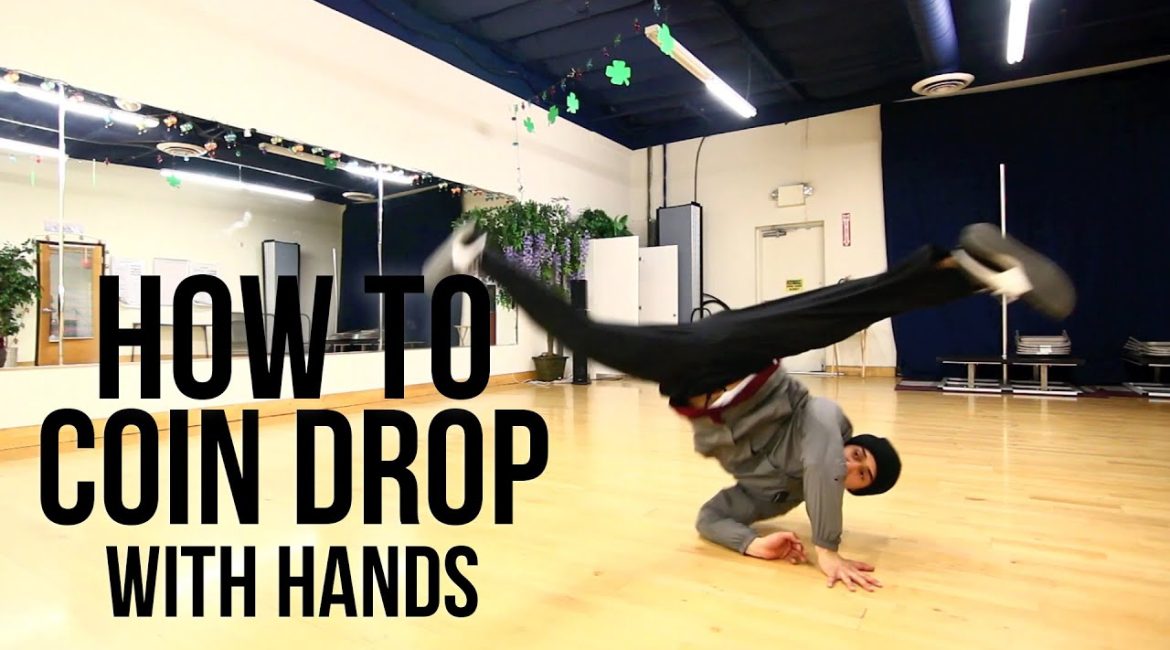The Coin Drop is one of the most dynamic entrances into power moves in breakdancing, serving as a bridge to more complex movements like windmills and air flares. It combines agility, strength, and timing, offering a visually impressive start or transition within a routine. This guide will teach beginners how to master the Coin Drop with hands, breaking down each step to ensure safety and style.
Introduction to the Coin Drop
The Coin Drop is not just a power move; it’s an initiation into the kinetic world of breaking, where dancers spin from standing directly to the ground, continuing into other moves without missing a beat. It’s especially useful for entering into windmills, making it a must-learn for aspiring breakers.
Getting Started
Before attempting the Coin Drop, ensure you are comfortable with basic breakdancing moves like the back spin and have sufficient shoulder strength and control. This move requires a combination of balance and muscle coordination that can be built through foundational practices.
Step-by-Step Guide to Performing a Coin Drop
Step 1: Prepare Your Stance
- Start by standing upright. If you’re left-handed, step back with your left foot; if you’re right-handed, use your right foot. This step back helps initiate the momentum needed for the drop.
Step 2: Initiate the Swing
- As you step back, prepare to place your opposite hand (to the foot stepped back) on the ground. This hand will help guide your descent and support your body weight as you transition to the floor.
- Swing the other leg (the one you didn’t step back with) forward to generate momentum.
Step 3: Transition to Windmill Stab Position
- As you swing your leg and your body starts to go down, aim to enter a windmill stab position. This is essentially a controlled fall where you use your hand and shoulder to support your weight as you spin onto your back.
- It’s crucial to control this movement to avoid injury and ensure a smooth flow into the windmill.
Step 4: Perfecting the Leg Swing
- The power and direction of your leg swing determine the success of your Coin Drop. You don’t need to kick too high; rather, focus on a strong, horizontal swing that helps rotate your body onto the floor.
- Transition smoothly into your back, using the momentum to carry you through the move.
Common Challenges and Solutions
Challenge 1: Fear of Falling
- Many beginners hesitate during the drop, leading to incomplete moves or injuries.
- Solution: Practice the Coin Drop into a foam pit or with a thick mat until you gain confidence. Gradual progression and practice in a safe environment can help overcome this fear.
Challenge 2: Inconsistent Leg Swing
- An inconsistent or weak leg swing can disrupt the entire move.
- Solution: Focus on leg strength exercises and practice the swing separately before integrating it into the Coin Drop. Consistency in the swing ensures better momentum and smoother execution.
Challenge 3: Landing Impact
- Incorrect landings can lead to injuries, particularly to the shoulders and back.
- Solution: Strengthen your shoulders and back through conditioning exercises. Practice the Coin Drop technique slowly and incrementally increase speed as you become more comfortable with the impact.
Advanced Tips
- Integration with Windmills: Once comfortable with the Coin Drop, practice transitioning directly into a windmill without pausing. This flow increases the complexity and visual appeal of your routine.
- No-Hand Coin Drop: As you advance, work towards performing the Coin Drop without using your hands for support. This requires significant strength and control but adds an impressive element to the move.
- Continuous Practice: Like all breakdancing moves, the Coin Drop improves with practice. Set regular training sessions, focusing on precision, form, and fluidity.
Conclusion
Mastering the Coin Drop is a milestone for any breakdancer, opening the door to a range of dynamic moves and combinations. It requires patience, practice, and persistence. Start slow, ensure you’re comfortable with each step, and gradually build up to full speed and complexity. Remember, breakdancing is about expression as much as it is about technique; embrace the learning process and let your style evolve naturally. Peace out, and keep practicing – your next great move is just a drop away!


Leave a reply